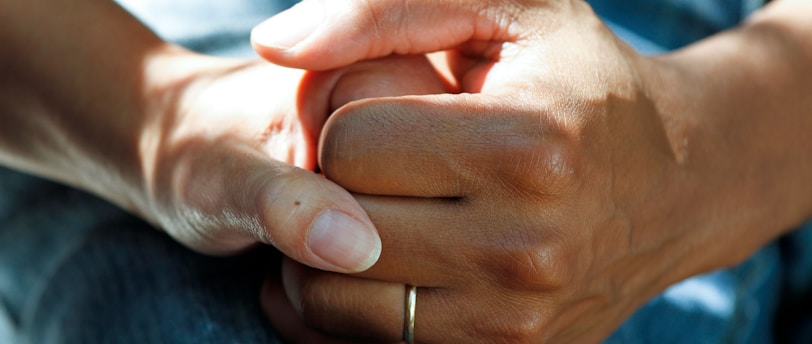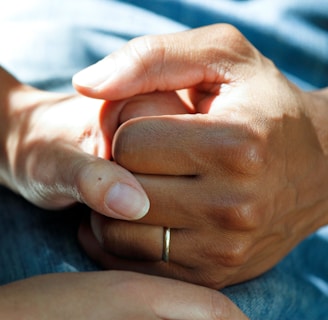How Caregivers Can Prepare for Their Loved One’s Voluntary Assisted Dying (VAD)
Practical advice and emotional support for caregivers navigating the VAD process with their loved one.
1/26/20252 min read


How Caregivers Can Prepare for Their Loved One’s Voluntary Assisted Dying (VAD)
Caring for someone going through the Voluntary Assisted Dying (VAD) process can be a profound and challenging experience. While much of the available information focuses on how caregivers can support their loved ones, there’s less guidance on how caregivers can prepare themselves—both practically and emotionally. This guide offers insights into what you need to know to navigate this journey.
Understanding the VAD Process
VAD allows individuals with advanced, intolerable suffering to end their lives with medical assistance. While the process varies depending on the country or state, once eligibility criteria are met, caregivers must understand the steps ahead.
For instance, in Western Australia (WA), caregivers must know how the medication is accessed, the method of administration (self-administered or with medical assistance), and legal requirements such as returning any unused medication within 14 days. Failing to comply with these rules can result in significant legal repercussions.
Emotional Preparation
The lead-up to administering the VAD drug can be emotionally intense. Caregivers may feel unexpected waves of panic or frustration, especially if the patient decides to delay taking the medication. These feelings are entirely normal but can catch you off guard.
It’s also crucial to prepare for mixed emotions after the patient’s death. You might experience relief, guilt, sadness, or even societal judgment, particularly in communities where VAD is stigmatised. Recognising and validating your emotions can help ease this process.
Dealing with Grief
Grief following a VAD death can be unique. Anticipatory grief often precedes the loss, reducing the intensity of emotions afterward. However, societal stigma can complicate the grieving process, making it harder to find understanding and support.
Be prepared for judgments or inappropriate comments from others, even at funerals. Remember that in many places, including Australia, VAD is not listed on death certificates to protect privacy and reduce stigma.
Adjusting to a New Normal
After the death, you’ll need to handle practical matters like clearing out medical equipment or preparing a home for sale. Additionally, you may find yourself grappling with questions about what to do next, especially if caregiving has been your primary focus for years.
This adjustment can be both liberating and disorienting. Support groups, grief counseling, and reconnecting with family and friends can help you navigate this transition.
Rebuilding Relationships
Caregiving often changes your relationships with others. Some family members may feel neglected, while others might disappoint you by not stepping up. Rebuilding closeness with those who supported you and addressing your feelings toward those who didn’t can be essential parts of your healing journey.
Watch The Full Video
For a deeper dive into preparing for your loved one’s VAD journey, watch our video here: How Caregivers Can Prepare for Their Loved One’s Voluntary Assisted Dying (VAD).
Navigating VAD as a caregiver is an emotional and complex journey. While supporting your loved one, don’t forget to seek support for yourself. Remember, most people don’t understand what it’s like to be a full-time caregiver—give yourself grace as you prepare for and process this profound experience.
Need Support? Book a Consultation Today
Navigating the caregiving journey or the VAD process can be overwhelming. If you need personalised guidance or support, book a consultation with us today. Let’s work together to ensure you have the tools and resources to manage this challenging time.

